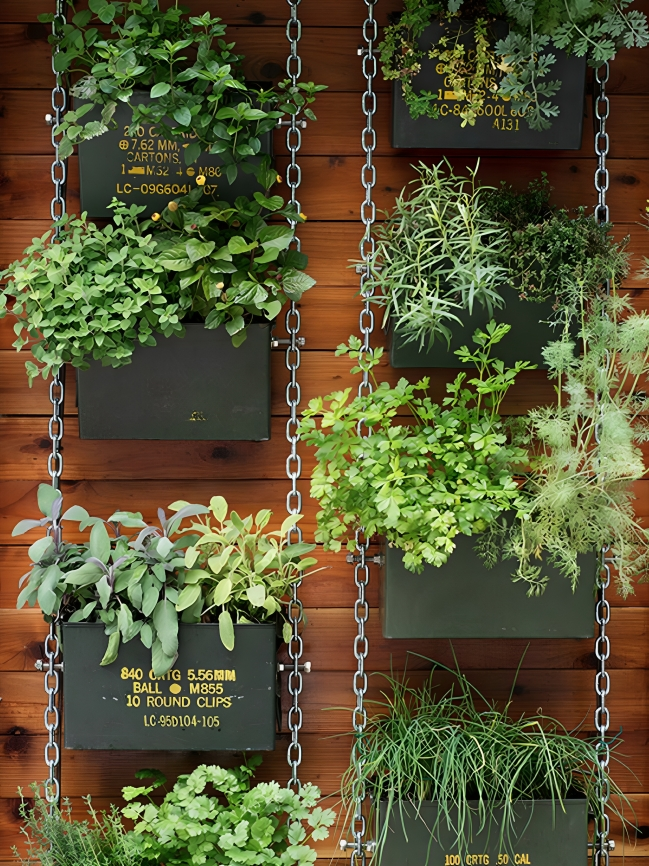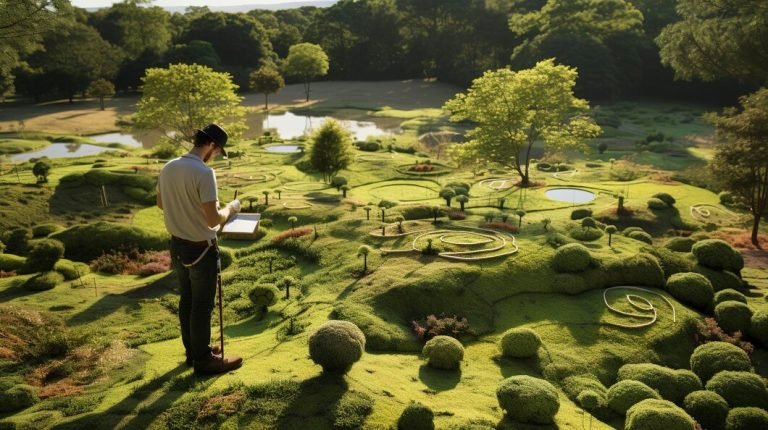Elevating Greenery: The Art and Benefits of Vertical Gardens.
In the realm of urban design and sustainable living, vertical gardens have emerged as a captivating fusion of aesthetics and environmental consciousness. Also known as green walls or living walls, these innovative installations reimagine traditional gardening by vertically integrating lush vegetation into both indoor and outdoor spaces. This article explores the concept of vertical gardens, delving into their design principles, ecological advantages, and the growing trend of incorporating verdant landscapes into vertical spaces.
Designing a Vertical Garden
- Structural Considerations:
- Vertical gardens require a sturdy and supportive structure. Architects and designers collaborate to ensure the infrastructure can bear the weight of the soil, plants, and water without compromising the building’s integrity.
- Plant Selection:
- The choice of plants plays a pivotal role in the success of a vertical garden. Factors such as light availability, climate, and maintenance considerations influence the selection of suitable plant varieties.
- Irrigation Systems:
- Efficient irrigation systems are integral to vertical gardens. Drip irrigation or hydroponic systems help maintain optimal moisture levels, ensuring the plants receive adequate water without causing damage to the structure.
- Soil and Growing Medium:
- Lightweight, well-aerated soil blends or alternative growing mediums like felt pockets or hydroponic solutions are often used to provide plants with essential nutrients and support while minimizing the overall weight.
Benefits of Vertical Gardens
- Space Optimization:
- Vertical gardens are particularly valuable in urban environments where space is limited. By utilizing vertical surfaces, they maximize greenery without encroaching on valuable ground space.
- Improved Air Quality:
- Plants act as natural air purifiers, filtering out pollutants and releasing oxygen. Vertical gardens contribute to improved indoor and outdoor air quality, enhancing the overall well-being of the surrounding environment.
- Temperature Regulation:
- The greenery on vertical walls absorbs sunlight, reducing heat absorption by buildings. This natural insulation helps regulate temperatures, leading to energy savings and a more comfortable microclimate.
- Biodiversity Enhancement:
- Vertical gardens create habitats for various insects and birds, fostering biodiversity even in urban settings. The introduction of diverse plant species supports local ecosystems.
- Aesthetic Appeal:
- Beyond their ecological benefits, vertical gardens add a touch of beauty to urban landscapes. The vibrant colors and textures of plants create visually appealing and calming spaces.
Trends and Applications
- Architectural Integration:
- Architects are increasingly incorporating vertical gardens into building facades, seamlessly blending nature with contemporary design. This integration adds an element of sustainability and visual intrigue to urban structures.
- Interior Greenery:
- Vertical gardens have found their way indoors, enhancing the aesthetics of offices, malls, and residential spaces. These living walls contribute to a healthier indoor environment and offer a refreshing ambiance.
- Educational Installations:
- Educational institutions and botanical gardens are using vertical gardens as living classrooms. These installations serve as interactive learning spaces, educating visitors about plant varieties, ecosystems, and sustainable practices.
- Community Gardens:
- Vertical gardens are becoming focal points for community engagement. Shared spaces adorned with green walls promote social interaction, local gardening initiatives, and a sense of environmental stewardship.
Conclusion
Vertical gardens represent a harmonious blend of nature and urban living, transforming spaces into thriving, ecologically conscious environments. As the popularity of vertical gardens continues to grow, so does the recognition of their multifaceted benefits – from enhancing air quality and biodiversity to creating visually stunning landscapes. With their innovative designs and positive impact on both individuals and communities, vertical gardens stand as a testament to the power of integrating greenery into the vertical dimensions of our modern world.







